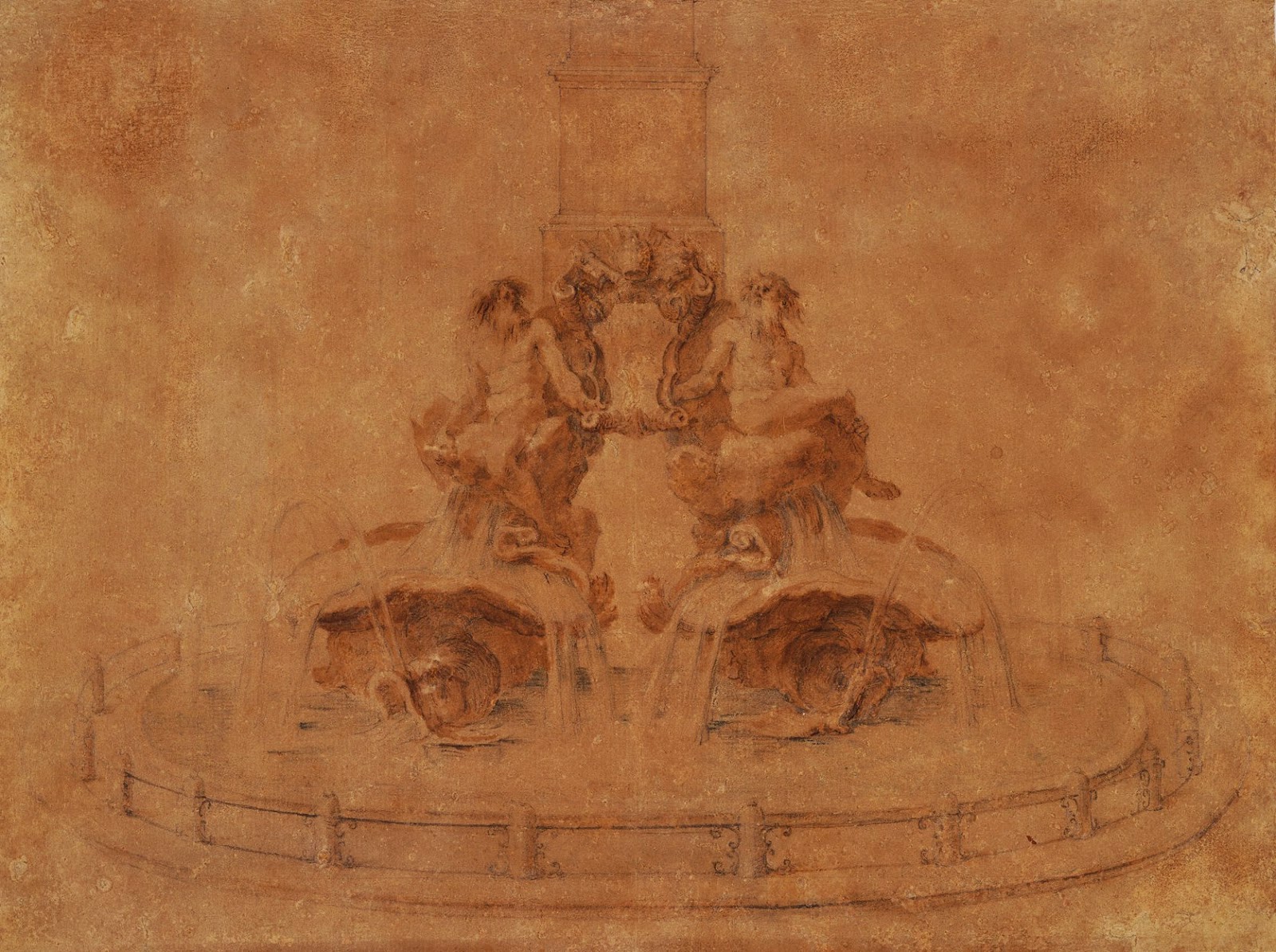 |
| Isaac Oliver Self Portrait 1590 |
 |
| Isaac Oliver Robert Devereux, Earl of Essex 1596 |
 |
| Isaac Oliver Lord Herbert of Cherbury 1610 |
 |
| Isaac Oliver John Donne 1616 |
 |
| Isaac Oliver Henry, Prince of Wales 1612 |
Isaac Oliver became the principal painter of miniature portraits at court during the final years of Elizabeth I, continuing in that position under her successor James. When Isaac died in 1617 he left this specialized work in the hands of his eldest son Peter Oliver (1594-1648). During the 1620s Peter continued to create the traditional tiny jewel-toned oval pictures for which has father had been famous.
 |
| Peter Oliver Charles I when Prince of Wales 1620 |
 |
| Peter Oliver Elizabeth of Bohemia 1621 |
Then in the 1630s Charles I decided that Peter Oliver's skills could be better employed executing fine miniature copies of the Renaissance masterpieces the King was acquiring by the shipload from Italy. Several of Peter's meticulous copies, as seen below, remain to this day in the Royal Collection, even though the originals by Titian, Correggio and Raphael so passionately appreciated by Charles I were sold in the 1650s at the hands of Cromwell's usurpers during the Commonwealth and never regained by the Crown.
 |
| Peter Oliver, after Titian D'Avalos Allegory |
 |
| Peter Oliver, after Titian Madonna & Child |
 |
| Peter Oliver, after Correggio Venus, Mercury & Cupid |
 |
| Peter Oliver, after Correggio Venus, Cupid & Satyr |
 |
| Peter Oliver, after Raphael St. George & the Dragon |






































